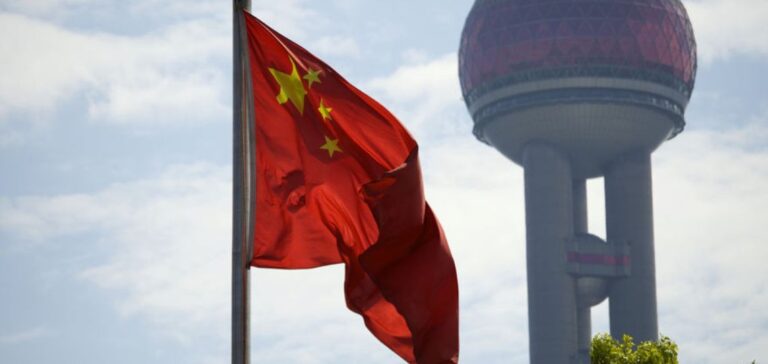China is launching an ambitious initiative with the Tanpuhui program, aimed at integrating its multiple carbon inclusion programs into a unified system. With a scope potentially covering one billion consumers, this program promises to redefine carbon pricing andimprove decarbonization efforts.
Objectives and Impact of Tanpuhui
The Tanpuhui program stands out for its unique consumer-centric approach. Unlike traditional carbon pricing methods, such as taxes and offset markets, Tanpuhui explores the value consumers place on reducing emissions. This mechanism could offer a new perspective on carbon price discovery, influencing global markets and trading patterns.
Integration challenges
However, integrating these various programs presents significant challenges. Current fragmentation, with some 50 different methodologies for accounting for emissions reductions, complicates the harmonization of standards. Convergence efforts require increased cooperation between private platforms, such as Ant Group’s Ant Forest, and public initiatives, to create a transparent and practical methodological framework. Regional Tanpuhui programs vary considerably in their approach. For example, some initiatives reward the purchase of energy-saving appliances, the installation of domestic solar panels, waste recycling, the use of public transport, and the driving of electric vehicles. This diversity reflects the complexity of standardizing these practices under a single national program.
Collaborative efforts
Initiatives such as those in Zhejiang and Jiangxi, which have integrated their local programs with the Alipay platform, point the way to greater collaboration. In addition, the Beijing program, developed in partnership with Gaode to reward the use of public transport and sustainable modes of transport, illustrates the possibilities of successful integration between the public and private sectors.
Implications for Carbon Markets
The integration of Tanpuhui programs with conventional carbon markets raises questions about the integrity of carbon credits and double counting. The Shanghai authorities, for example, have issued guidelines to avoid double-counting of emissions reductions, stressing the need for a harmonized and exclusive approach for each program.
The future of the Tanpuhui program will depend on its ability to unify methodologies and create strong links with carbon markets. This initiative could potentially serve as a model for other countries seeking to involve consumers in decarbonization efforts. The key to success lies in effective collaboration between the various players and greater transparency in the methods used to account for emissions reductions. The transformation of Tanpuhui programs into a national platform represents a major step forward in the fight against climate change. By mobilizing a wide range of consumer behaviors, China is demonstrating that citizen involvement is essential to achieving long-term emissions reduction targets.






















